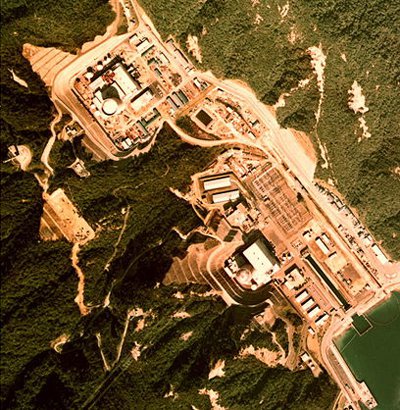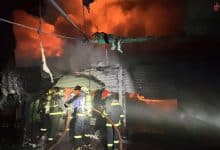Phuket Gazette: Earthquake threat for Japanese nuclear plant

– World news selected by Gazette editors for Phuket’s international community
PHUKET (News Wires): A fault under the reactors of a nuclear power plant in southwestern Japan could trigger a powerful earthquake with a magnitude of up to 7.4 on the Richter scale, experts warned yesterday.
The Urasoko fault runs under the No. 1 and No. 2 reactors of the Tsuruga nuclear power plant in Fukui Prefecture, located near the coast in southwestern Japan. The fault is at least 35 kilometers (21.7 miles) long with multiple faults existing 2 to 3 kilometers (1.2 to 1.8 miles) from the south side of it.
Yuichi Sugiyama, leader of the research team at the National Institute of Advanced Industrial Science and Technology (AIST), told the Kyodo news agency that the worst-case scenario, in which several faults would activate together, should be taken into consideration.
AIST believes the fault could trigger a powerful earthquake with a magnitude of up to 7.4 on the Richter scale, considerably stronger than previous calculations by Japan’s Earthquake Research Committee and Japan Atomic Power. They estimated that the Urasoko fault, combined with other faults connected to it, was only about 25 kilometers (15.5 miles) long and could trigger earthquakes up to 7.2 on the Richter scale.
However, the latest research, Sugiyama explained, shows that it is “highly likely” that all the faults could be activated together, extending the Urasoko fault to 35 kilometers (21.7 miles). The Urasoko fault is expected to cause a total displacement of over three meters (9.8 feet) if it becomes active, but if activated together with other faults the displacement could reach nearly five meters (16.4 feet).
Japan has been facing an ongoing nuclear crisis since the Fukushima Daiichi nuclear power plant was severely damaged on March 11 last year, when a 9.0 magnitude earthquake and a subsequent tsunami devastated the country. The disaster disabled the cooling systems of the plant and radioactive elements leaked into the sea and were later found in water, air and food products in some parts of Japan.
— Phuket Gazette Editors
Latest Thailand News
Follow The Thaiger on Google News:


























